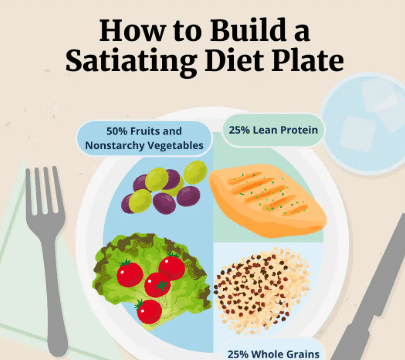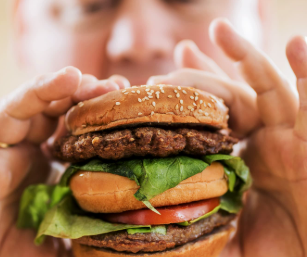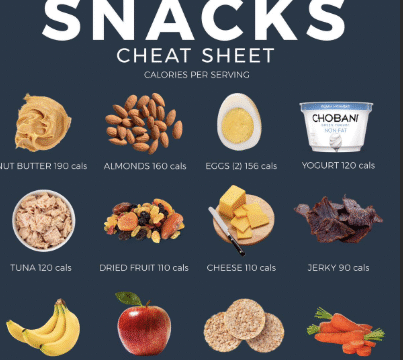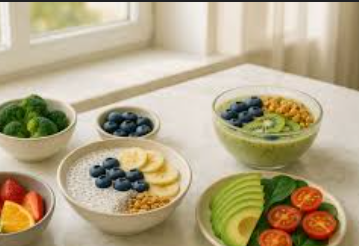When thinking about weight control, it’s not just what you eat but also how foods affect your body.
One interesting comparison is between water-rich foods—like fruits and vegetables—and dry snacks—such as chips, crackers, or cookies.
Both types of foods can fit into a lifestyle, but they influence fullness and calorie intake in different ways.
What Are Water-Rich Foods?
Water-rich foods have a high percentage of water along with vitamins, minerals, and fiber. Because of their composition, they can be naturally filling without being heavy in calories. Examples of water-rich foods include:
- Cucumbers
- Watermelon
- Strawberries
- Lettuce
- Tomatoes
- Oranges
Benefits:
- Hydration support – They contribute to your daily water intake.
- Low in energy density – You can enjoy a larger volume of food for fewer calories.
- Nutrient-packed – Many also provide fiber, vitamins, and antioxidants.
What Are Dry Snacks?
Dry snacks are typically low in water content and often more concentrated in calories. While they can be tasty and convenient, they may not be as filling as water-rich foods. Examples of dry snacks include:
- Crackers
- Pretzels
- Chips
- Granola bars
- Cookies
Considerations:
- Higher in energy density – Small portions may contain more calories.
- Less hydrating – They don’t help with water intake.
- Less filling – They may not provide the same sense of fullness compared to water-rich foods.
Water-Rich Foods vs. Dry Snacks: Which Helps with Weight Control?
When it comes to weight control, water-rich foods often have the advantage because they:
- Provide more volume with fewer calories.
- Help you feel full and satisfied.
- Add hydration to your diet.
Dry snacks, while enjoyable, can be easy to overeat because they are calorie-dense and less filling. However, they can still be part of a balanced diet when enjoyed in moderation.
Practical Tips
- Choose water-rich foods as snacks: Try carrot sticks, apple slices, or grapes when you want something light and refreshing.
- Balance your snacks: Pair dry snacks with something hydrating—for example, crackers with cucumber slices or hummus with fresh veggies.
- Stay mindful of portions: Pre-portion dry snacks instead of eating straight from the package.
- Mix and match: Combine both types of foods to get variety and satisfaction.
Final Thoughts
For long-term weight control, water-rich foods generally offer more benefits due to their low calorie density, high hydration, and filling nature. Still, dry snacks can be enjoyed in moderation when balanced with more nutrient-rich options. A healthy lifestyle isn’t about strict rules but about finding the right mix that works for your body and preferences.






